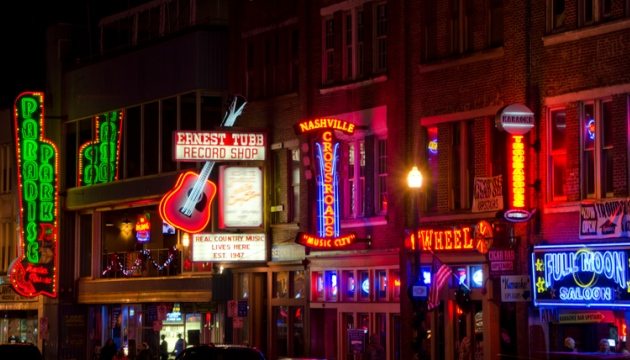Economic overview
India transitioned from an agriculture- to service-based economy largely without going through a period of industrialization. The services sector now makes up 53% of gross domestic product, but it accounts for only around 30% of employment. More than 50% of jobs are still in agriculture. This helps explain why India’s GDP per capita is far below the average for emerging Asia. The Indian economy may have enjoyed rapid economic growth, but the effects have been slow to trickle down to its people.
The current government, in power since 2014, inherited an economy battered by high inflation, poor economic conditions and rampant corruption. It has worked to restore investors’ faith in India, but economic reforms have been slow. The chaos that followed a recent attempt to bring billions of dollars worth of unaccounted wealth back into the economy by scrapping 1,000 and 500 rupee notes demonstrates some of the problems the government faces with executing reforms.
Economic output has been slowly rising since 2012, and this year may be its peak. Growth is projected to hit 7.5% in 2016, then slide toward 6.5% by 2020. But the economy could beat expectations. Rapidly retreating inflation has enabled the Reserve Bank of India to start lowering interest rates; the goal is to bolster a patchy manufacturing recovery and nurture emerging growth. In addition, as public-sector wages inch higher, consumers are likely to boost spending.
Business travel industry insight
More than 13 million people traveled to India in 2015. The U.S. led in arrivals; its share of overall visitors is predicted to rise to 18% by 2020—up from 15% in 2015. Sri Lanka, Japan and Singapore also offer good prospects for growth. The United Arab Emirates is the most popular destination for Indian travelers, but interest in Bahrain, Singapore, Malaysia and France is increasing.
India’s business travel market was worth more than US$23 billion in 2015, making it the world’s ninth largest. Domestic travelers account for 70% of total spending. They’re expected to drive the 12% rise in business spending that Oxford Economics predicts will happen in 2017. Spending by overseas business travelers to India is forecast to grow 6.5%; its weakest performance in more than five years.
The air travel market is booming in India. Domestic passenger numbers increased by more than one-fifth in the first half of 2016, compared to the same period in 2015. The market is dominated by low-cost carriers. With its 40% overall share, IndiGo is the clear leader. Add in GoAir, SpiceJet and AirAsia India and the LCCs’ portion of the market is 63% and growing. The government’s relaxation of restrictions on when Indian airlines can fly overseas could boost international travel soon.
After merging with Starwood, Marriott took over the Indian Hotels Co. (IHCL or Taj Group) to become the largest hotel chain operating in India. Other leading chains include ITC Hotels, AccorHotels, Hyatt and IHG. Not far behind are mid-size Indian chains like Sarovar, Oberoi Hotels & Resorts, Lemon Tree Hotels and Leela Palaces. The top hotel brands are shifting focus from major cities to Tier 2 and Tier 3 markets. Lower barriers to entry mean hoteliers can expand quickly in these smaller cities and tap into rapidly expanding domestic travel.
Opportunities
- The government’s 2016-17 budget includes tax reforms, infrastructure investment and a pledge to make it easier to do business in India. The economic measures may stimulate demand for business travel.
- Relaxed air regulations will allow entrants like AirAsia India and Vistara to launch international flights much earlier. So, travelers soon may have more choices when flying from India to popular destinations like the Middle East and Southeast Asia. Extra competition also should prompt lower fares.
- As international hotel chains venture beyond India’s largest cities, business travelers will be able to tap chainwide corporate rates in Tier 2 and Tier 3 markets.
Challenges
- If the Trump administration adopts a protectionist position on international trade for the U.S., that’s likely to be a blow to India and other Asian markets.
- The government’s move to scrap 1,000 and 500 rupee notes caused a nationwide cash shortage that affected business travelers, and such disruptions could happen again if the government executes other reforms poorly.
- The confluence of tightening hotel room supply and strengthening demand promises to end what has been a period of relatively affordable average daily rates.


